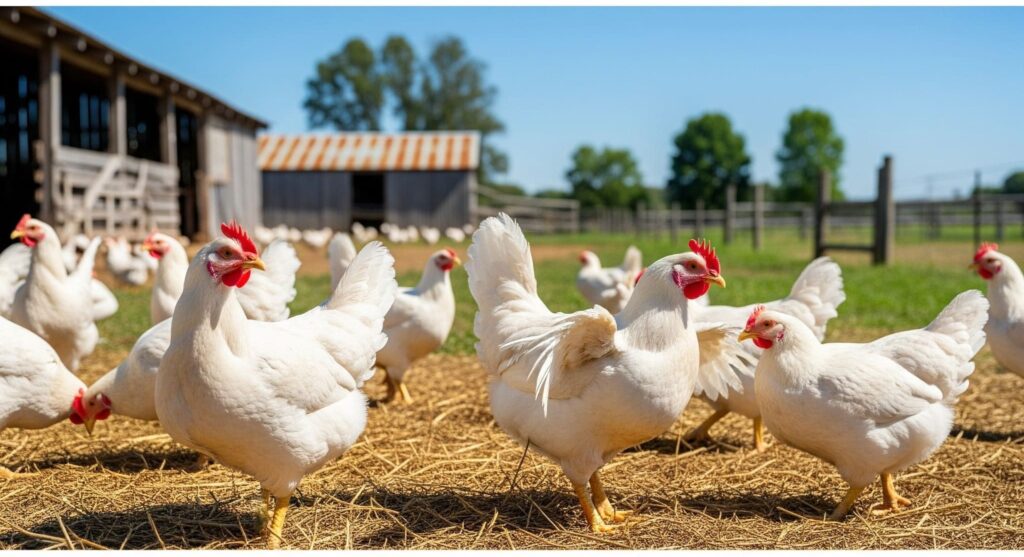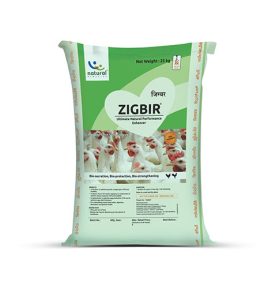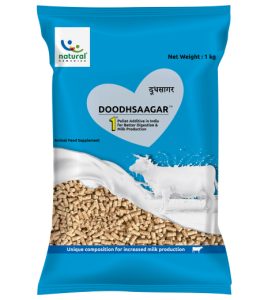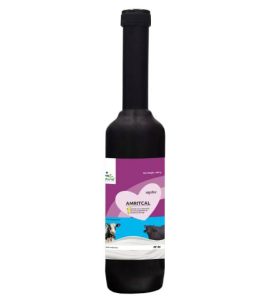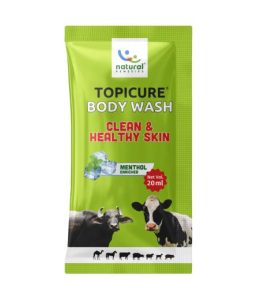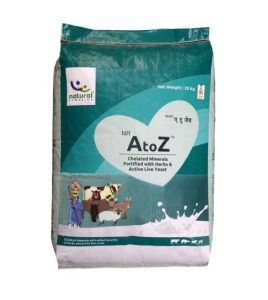Stress in poultry is a physiological and behavioral response to environmental, nutritional, pathological, or operational challenges that threaten homeostasis. A stressed chicken’s ability to adapt to change is limited. When this capacity is overwhelmed—whether by environmental challenges, crowding, or disease—stress sets in, triggering a cascade of negative effects on health, and productivity.
What Is Stress in Chickens?
In poultry, stress is a condition in which the bird cannot maintain physiological balance, leading to abnormal behavior, suppressed immunity, reduced growth, and production losses. Whether it’s a heat stressed chicken or a bird subjected to repeated handling, stress negatively alters endocrine and immune functions. Alarmingly, chickens take about 30 hours to return to baseline after a stress event. If another stressor occurs during this recovery window, it compounds the impact.
Types of Stress in Poultry
Visible Stress Factors in Poultry:
- Disease
- Environmental challenges:
- Heat stress
- Cold stress due to winter chilling
- High-speed wind, such as cyclones
- Poor ventilation
- Nutritional deprivation:
- Starvation
- Shortage of drinking water
- Management practices:
- Handling
Non-Visible Stress Factors in Poultry:
- Physiological demands:
- High performance such as rapid growth and peak egg production
- Stocking and housing:
- Overcrowding
- Wet litter
- Elevated litter ammonia
- Feed and nutrition:
- Mycotoxin contamination
- Endotoxin presence
- Poor quality feed
- Sudden change in feed
- Handling and movement:
- Frequent handling
- Transportation
- Vaccination
- Flock transfer, mixing, or isolation
Signs of Stressed Chicken
Recognizing stress early is critical for intervention. Here’s a structured chart showing typical stress symptoms based on severity:
| Severity | Causes | Behavioral & Physical Signs |
|---|---|---|
| Mild | Short-term heat (>85°F), brief loud noises, high egg output | Panting, drinking more, seeking shade, vocalization, slight reduction in feed intake |
| Moderate | Continuous heat (>90°F), low-grade infection, new flock introduction | Persistent panting, wing-drooping, diarrhea, self-isolation, fighting, distress calls |
| Severe | Combined stressors, chicken heat stress >95°F, predator attacks, injury | Lethargy, refusal to eat, loud squawking, discolored comb, feather loss, walking difficulty |
Knowing how can you tell if a chicken is stressed involves observation of these cues—especially behavioral changes like self-isolation or excessive panting.
The Science Behind Stress in Poultry
Stress responses in poultry follow a classical biological model: Alarm → Adaptation → Exhaustion.
- Alarm Stage: Triggered by acute stress, this “fight or flight” response involves adrenaline release, mobilizing glucose from reserves to aid survival.
- Adaptation Stage: Prolonged exposure leads to high corticosterone levels as the bird attempts to adjust.
- Exhaustion Stage: If unresolved, reserves are depleted, metabolic dysfunction sets in, and mortality may occur.
Stress begins in the hypothalamus-pituitary-adrenal (HPA) axis, activating CRH (corticotropin-releasing hormone), followed by ACTH (adrenocorticotropic hormone), which stimulates corticosteroid release. These hormones impact several systems:
- Immune Suppression: Chronic stress reduces lymphocyte proliferation, cytokine signaling, and antibody production (IgM, IgG).
- Oxidative Stress: Excess ROS (reactive oxygen species) damages cell membranes, DNA, and proteins.
- Digestive Disruption: Increased gut permeability (leaky gut), dysbiosis, and poor nutrient absorption.
Birds exposed to long-term stress show reduced thymus and bursa size, leading to suppressed T- and B-cell responses. Heat stress is particularly detrimental, affecting gut health, immune modulation, and gene expression related to inflammation and metabolism.
Stress Hormones and Their Impact
When a stressed chicken perceives a threat, the central nervous system initiates an endocrine response:
Key Hormones Released During Stress:
- Corticosterone (CORT): Main stress hormone in poultry; prolonged elevation suppresses immunity and affects growth.
- Adrenaline (Epinephrine): Increases heart rate, respiration, and energy mobilization for immediate survival.
- ACTH (Adrenocorticotropic Hormone): Stimulates adrenal cortex to produce corticosteroids.
- CRH (Corticotropin-Releasing Hormone): Triggers the stress cascade.
- Pro-inflammatory cytokines (IL-6, IL-1β, TNF-α): Often upregulated during immune stress and heat shock.
Heat stressed chicken conditions further enhance HSPs (Heat Shock Proteins) that act as cellular protectors but also signal inflammation. The oxidative stress triggered by heat elevates MDA (malondialdehyde) and suppresses antioxidant enzymes like SOD (superoxide dismutase), GPx (glutathione peroxidase), and CAT (catalase), amplifying cell damage.
Poultry Heat Stress and Its Management
Heat stress in poultry occurs when birds are unable to balance body heat production and loss, especially during high ambient temperatures and humidity. This condition can lead to reduced feed intake, poor weight gain, lower egg production, compromised immune function, and increased mortality. Physiologically, birds pant to dissipate heat as they lack sweat glands, but excessive panting may cause respiratory alkalosis, affecting metabolic functions. Prolonged heat stress also disrupts hormonal balance, elevating corticosterone levels and reducing productivity.
Signs of chicken panting stress:
- Elevated respiratory rate
- Wings held away from the body
- Stretching and lying flat
- Reduced feed intake, increased water consumption
Consequences of heat stress:
- Immunosuppression
- Electrolyte imbalance
- Soft-shelled or thin-shelled eggs
- Decreased meat quality (low water-holding capacity)
- Increased fat deposition
- Poor growth and fertility
Heat stress management in poultry involves infrastructure and nutritional interventions:
- Proper ventilation systems, foggers, and sprinklers
- Roof modifications for insulation
- Tree planting near poultry houses
- Use of dietary electrolytes, antioxidants, and probiotics
Such steps are integral to summer stress management in poultry and prevent long-term damage to immune, metabolic, and reproductive functions.
Treatment of Heat Stress in Poultry
Treatment of heat stress in poultry includes both immediate relief and long-term conditioning:
1. Environmental Control:
-
- Use of closed houses with temperature and humidity regulation
- Reduce stocking density to increase air circulation
2. Dietary Support:
-
- Electrolyte supplements to correct acid-base imbalance
- Vitamin C and E to combat oxidative stress
- Nano-mineral supplementation (Zn, Se) to improve bioavailability and antioxidant capacity
3. Behavioral Management:
-
- Avoid unnecessary handling
- Introduce new birds gradually to prevent social stress
- Provide shaded areas and dust-bathing spots
These practices help protect poultry birds in heat stress, especially in regions with rising climate variability.
The Impact of Stress on Productivity
Whether a chicken is heat-stressed or socially isolated, stress takes a toll:
- Feed Conversion: Poor FCR in broilers
- Egg Production: Decrease in quantity and quality
- Meat Yield: Degraded muscle protein, reduced juiciness
- Reproductive Health: Lower fertility and hatchability
- Immunity: Vulnerability to pathogens post-vaccination
Ultimately, birds not raised in a stress free environment are prone to disease cycles, economic loss, and animal welfare concerns.
Phytocee® is a phytogenic solution designed to support stressed chickens by helping them cope with environmental, nutritional, and management-related challenges. It helps normalize serum corticosterone and cortisol levels, which are key indicators of chronic stress, and improves overall livability and performance. By enhancing immunity, reducing morbidity, and improving carcass and meat quality, Phytocee® supports animal resilience under challenging conditions. It is also heat-stable and compatible with premixes, ensuring ease of use.













.png)



